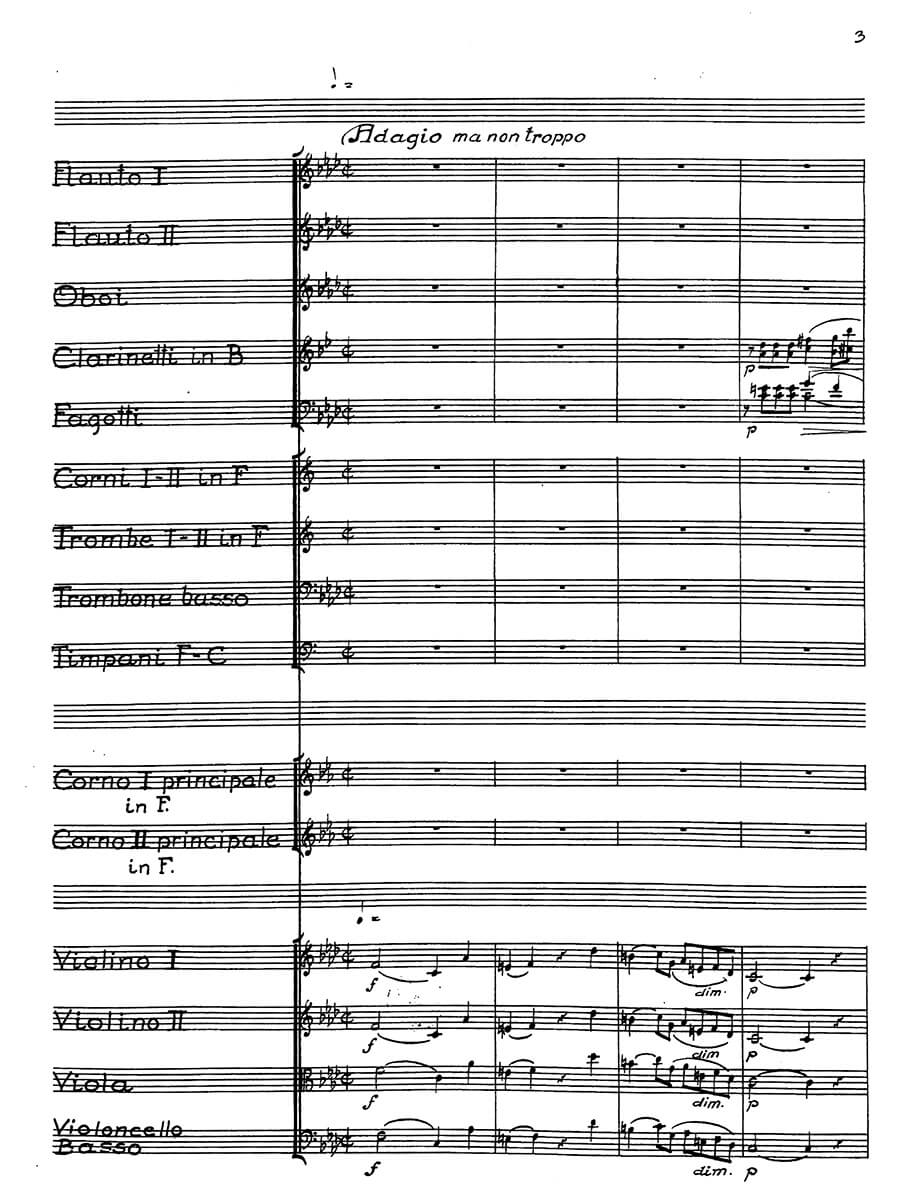Concertino pour deux cors avec accompagnement de grand orchestre
Kuhlau, Friedrich
31,00 €
Friedrich Kuhlau – Concertino pour deux cors avec accompagnement de grand orchestra
(b. Uelzen, Lower Saxony, 11 September 1786 – d. Copenhagen, 12 March 1832)
Adagio ma non troppo p.3
Allegro alla Polacca. p.24
Larghetto. p.53
Allegro alla Polacca. P.63
Allegro assai. p.70
Preface
Friedrich Kuhlau was a Danish pianist and composer, born in Germany but later gaining Danish citizenship. His musical abilities as a pianist and composer made him a central figure in the Danish Golden Age (1800–1850) along with his friendship with Ludwig van Beethoven (1770–1827) and introducing Beethoven’s works to Copenhagen audiences. Kuhlau descended from a poor, yet musically rich family, as his father, grandfather, and uncle were military oboists. Kuhlau made his breakthrough in 1814 with Røverborgen, a singspiel, which is a German genre of operatic works, with a libretto written by Adam Oehlenschläger (1779–1850) that translates to The Robbers’ Castle. Kuhlau’s later works included Tryllenharpen (1817) and Hugo og Adelheid (1827), both of which failed to please audiences and did not see the success that his initial breakthrough composition once did.
Kuhlau composed the Concertino pour deux cors avec accompagnement de grand orchestre in 1821. It is comprised of five movements. The full score of this piece reveals that Kuhlau composed this for a full orchestra, which includes flute, oboe, Bb clarinet, bassoon, French horn, trombone, bass trombone, trumpet, violin, viola, cello, and double Bass. There is no percussion part in this particular composition, which is the only orchestral section that Kuhlau did not include, dissimilar to other orchestral compositions of the composer, indicating it was a stylistic choice for this particular arrangement.
The first movement is indicated as Adagio ma non troppo, meaning a moderate tempo, but not too slowly, and it is in cut time. The movement begins with a mellow string opening in a minor key, although it modulates to major later in the movement, and the winds join in the fourth measure. This movement involves the musical gestures of call and response and echoing previous phrases to build tension while the haunting solo horn melody plays over the string accompaniment. The solo horns often trade phrases and use call and response to move the melody forward. The movement concludes with just the two solo horns trading the melody back and forth again, ending with a soft fermata note that flows into the following movement. …
Read full preface / Das ganze Vorwort lesen> HERE
| Score No. | 4756 |
|---|---|
| Edition | Repertoire Explorer |
| Genre | Solo Instrument(s) & Orchestra |
| Size | |
| Printing | Reprint |
| Pages | 116 |
